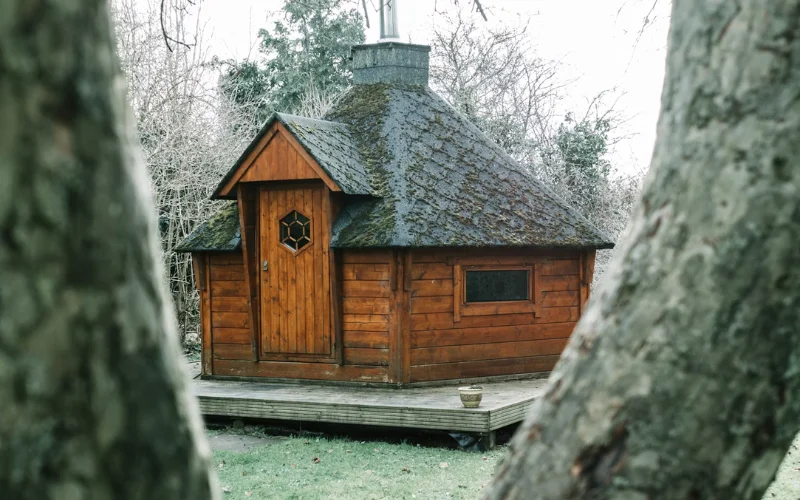The allure of the sauna is universally understood. A place where both body and mind can unwind, and the stresses of the day can melt away with the heat. Traditionally a fixture of Finnish life, saunas have become a global symbol of relaxation and wellness. With recent shifts toward self-care and home improvements, the idea of bringing the sauna experience into your very own home has gained popularity. But where to begin when selecting a sauna kit for home installation? This guide walks you through the considerations to craft your personal haven of tranquility.
Understanding Sauna Basics
Before diving into the world of sauna kits, it is essential to understand the basic components of a sauna. At its core, a sauna is a small room or building designed to experience dry heat. Temperatures inside saunas typically range from 158°F to 212°F with limited humidity. This allows for the perspiration to occur at a lower temperature than the boiling point, making it safe and comfortable for the bather.
There are traditionally two types of saunas: dry saunas and steam saunas. The former, often referred to as Finnish or conventional saunas, employ electrical or wood-burning heaters to warm the air within the space. The latter, known as steam rooms, use steam to create hot and humid conditions. This guide is focused on the selection of dry sauna kits for home use.
Selecting the Right Sauna Type
The type of sauna you choose will largely depend on your preferences and available space. Indoor sauna kits are convenient for year-round use and typically range from 4’x4′ to 10’x10′, making them suitable for a small spare room or even a larger walk-in closet. Outdoor saunas require more space and are often integrated into the backyard or garden.
When it comes to the material of the sauna, common choices include:
- Cedar: Renowned for its natural resistance to moisture and decay, as well as its pleasing aroma.
- Redwood: Another durable and aromatic wood that is less common but equally effective.
- Hemlock: A sustainable option with properties that make it suitable for a sauna’s warm and dry environment.
- Pine: Often treated to make it suitable for humid conditions, pine can be a more affordable choice.
The choice of material will impact the sauna’s aesthetic and durability. It is also important to consider the type of benching, lighting, and insulation included in the kit.
Essentials of Sauna Installation
Installing a sauna requires some degree of technical ability, as it involves electrical wiring, assembly of the structure, and the application of heat-retardant materials. Sauna kits often come with detailed instructions but if you’re uncertain, it may be best to consult a professional.
Before installation, ensure you have:
- A Design Plan: Understanding where the sauna will fit within your home or outdoor space is crucial. It should be located near a power source and with enough ventilation.
- A Solid Foundation: The sauna must be installed on a level, sturdy, fireproof surface such as tile, concrete, or vinyl.
- Access to Various Supplies: In addition to the kit, you’ll need materials like insulation, vapor barriers, and lighting fixtures.
The Final Touches of Sauna Setup
Once your sauna for home is installed, the final touches are what will truly make it yours. Consider the addition of essential oils or an aroma cup to enhance your sauna experience with fragrant steam. Invest in quality sauna accessories such as bathrobes, headrests, and thermometers. Additionally, including a music system or a touch of greenery can contribute to an ambiance that is uniquely yours.
By considering the type of sauna, the material of the kit, the essentials of installation, and the finishing touches, you can create a sanctuary within your home. A sauna is not just a luxury; it’s an investment in your well-being and a commitment to relaxation and health.



